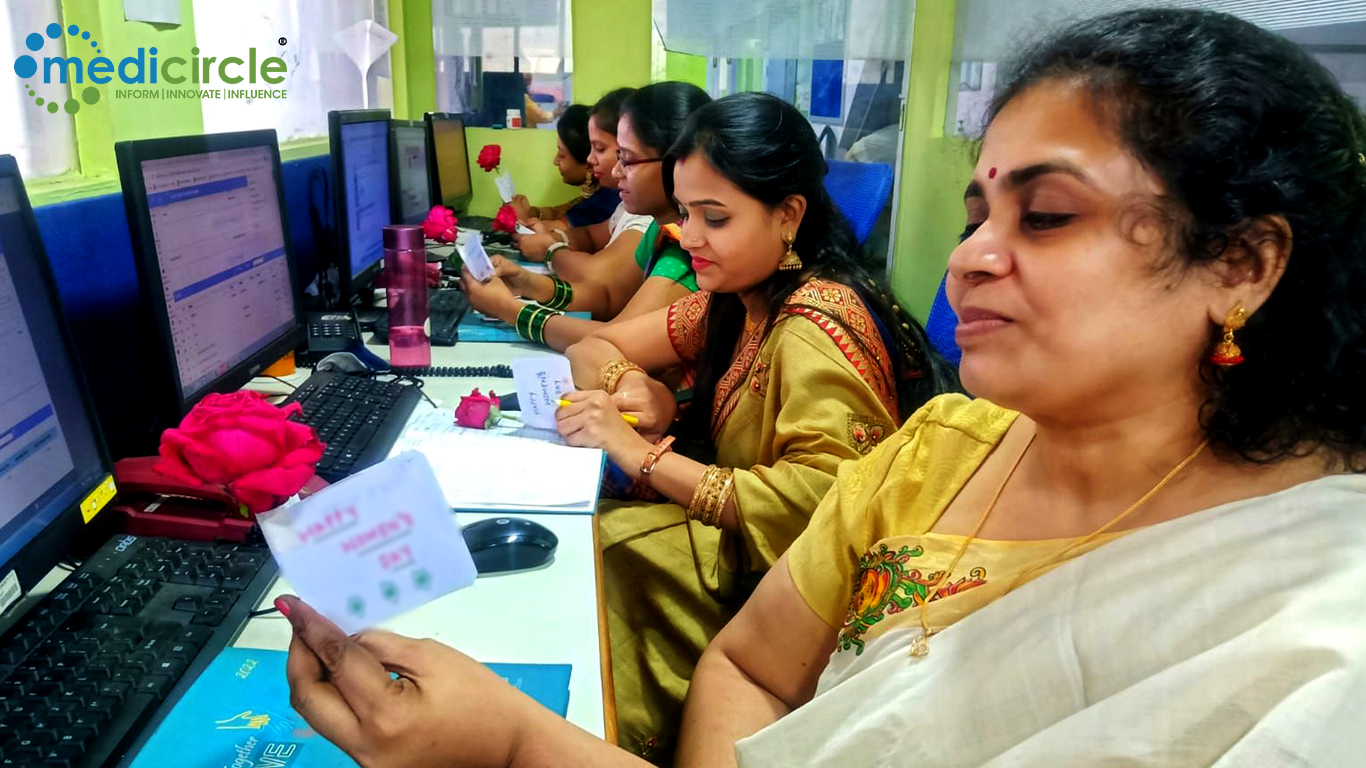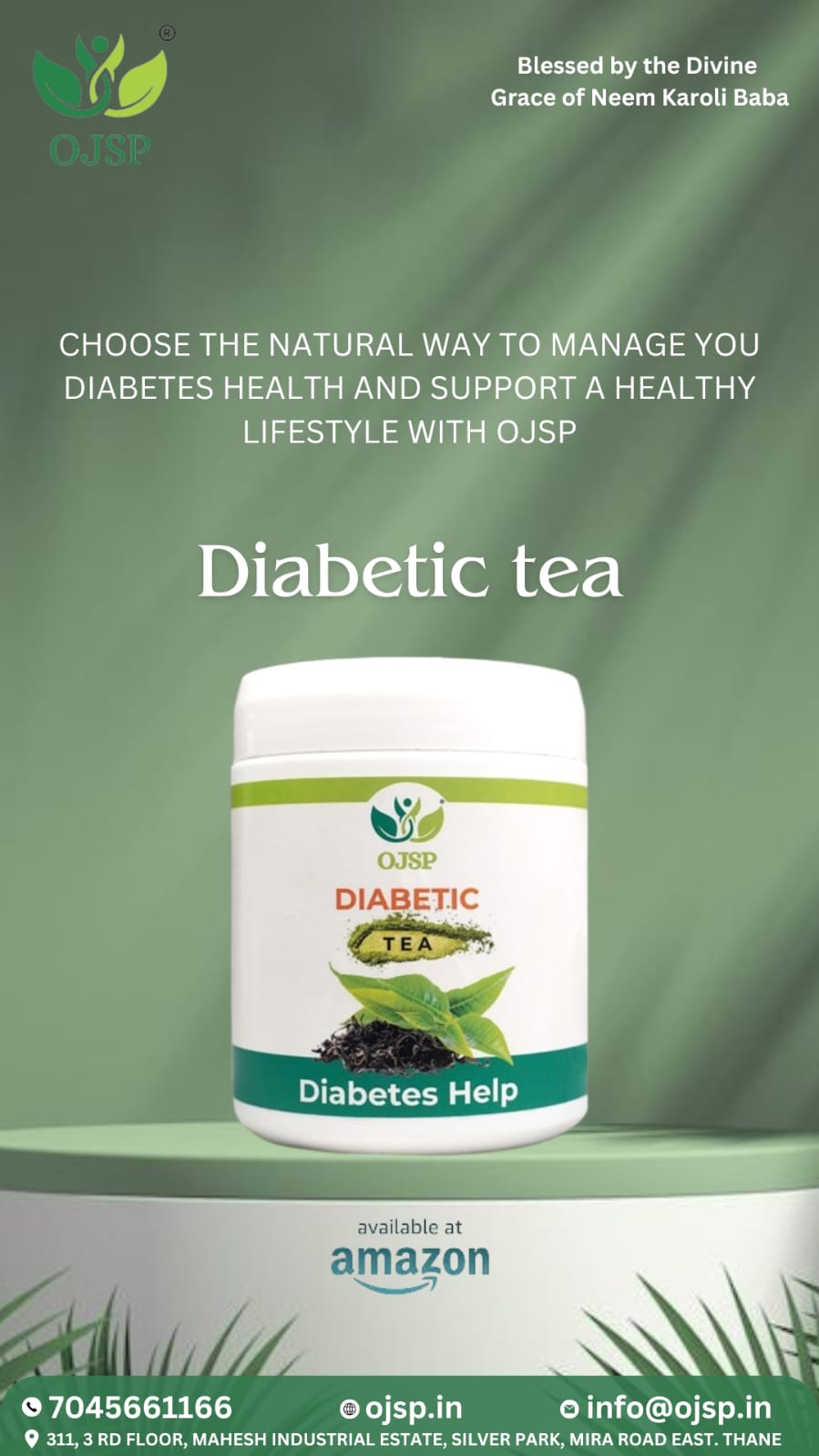The topic of menstrual leave in the workplace has sparked considerable debate. Menstrual leave is designed to provide women with time off during their menstrual cycle, recognizing the physical and emotional challenges many face. Advocates argue that menstrual leave is essential for women's health and well-being. However, many believe it could inadvertently reinforce gender stereotypes and lead to discrimination at work place.
Arguments for Menstrual Leave: Advocates for menstrual leave argue that it recognizes the biological realities women face and provides necessary support for those who experience severe menstrual symptoms. These symptoms can include debilitating pain, heavy bleeding, and fatigue, which can significantly impact a woman's ability to work effectively. By offering menstrual leave, employers can help ensure that women do not have to choose between their health and their jobs.
1. Health and Well-being: Many women experience severe discomfort during their menstrual cycles. Symptoms like cramps, headaches, and fatigue can be so intense that they hinder productivity. Menstrual leave can provide relief and allow women to rest and recover.
2. Workplace Inclusivity: Providing menstrual leave can foster a more inclusive and supportive work environment. It acknowledges the unique challenges women face and promotes gender equality by recognizing their needs.
3. Improved Productivity: Allowing women to take time off when needed can lead to increased productivity in the long run. When women return to work after taking necessary rest, they are likely to be more focused and efficient.
Arguments Against Menstrual Leave: On the other hand, critics of menstrual leave argue that it could reinforce gender stereotypes and potentially lead to discrimination against women in the workplace. They worry that mandatory menstrual leave could result in women being viewed as less capable or reliable employees, thereby limiting their career opportunities.
1. Gender Stereotypes: Critics argue that menstrual leave could reinforce stereotypes that women are less capable of handling work responsibilities. This could potentially lead to discrimination in hiring and promotions.
2. Workplace Inequality: Mandating menstrual leave might create resentment among male colleagues who do not have access to similar benefits. This could lead to a perceived imbalance and affect workplace dynamics.
3. Economic Impact: Some employers may be concerned about the economic implications of providing additional leave. Small businesses, in particular, might struggle to accommodate the financial burden of implementing menstrual leave policies.
The Supreme Court's Perspective: The Supreme Court recently weighed in on the issue, highlighting potential downsides to mandatory menstrual leave. The court expressed concerns that such leave could inadvertently discourage employers from hiring women, thereby reducing women's participation in the workforce. The bench noted, "How will the leave encourage more women to be part of the workforce? Mandating such leave will lead to women being shunned from the workforce and we do not want that."
Finding a Middle Ground: Given the valid points on both sides, finding a balanced approach is crucial. Here are some potential solutions:
1. Flexible Leave Policies: Instead of mandating menstrual leave, companies could offer flexible leave policies that allow women to take paid time off for health reasons, including menstrual pain. This approach provides support without singling out menstrual leave specifically.
2. Work-from-Home Options: Allowing women to work from home during their menstrual cycles can provide the flexibility they need while maintaining productivity. This option can be particularly beneficial for those who experience mild to moderate symptoms.
3. Awareness and Education: Employers can promote awareness and education about menstrual health in the workplace. This can help reduce stigma and foster a more supportive environment for women.
4. Supportive Workplace Culture: Creating a supportive workplace culture where employees feel comfortable discussing health issues can make a significant difference. Employers can encourage open communication and provide resources for managing menstrual health.
The debate over menstrual leave is complex, with valid arguments on both sides. While it is important to recognize and support women's health needs, it is equally crucial to ensure that any policies implemented do not inadvertently harm women's career opportunities or reinforce gender stereotypes. By adopting flexible leave policies, promoting awareness, and fostering a supportive work environment, employers can strike a balance that benefits both women and the overall workforce.
Finding a middle ground that addresses the concerns of both advocates and critics will be key to creating equitable and supportive workplaces for all employees. As this conversation continues, it is essential to prioritize both the health and well-being of women and their equal participation in the workforce.

 Finding a middle ground that addresses the concerns of both advocates and critics will be key to creating equitable and supportive workplaces for all employees.
Finding a middle ground that addresses the concerns of both advocates and critics will be key to creating equitable and supportive workplaces for all employees.










.jpeg)




.jpeg)

.jpg)













